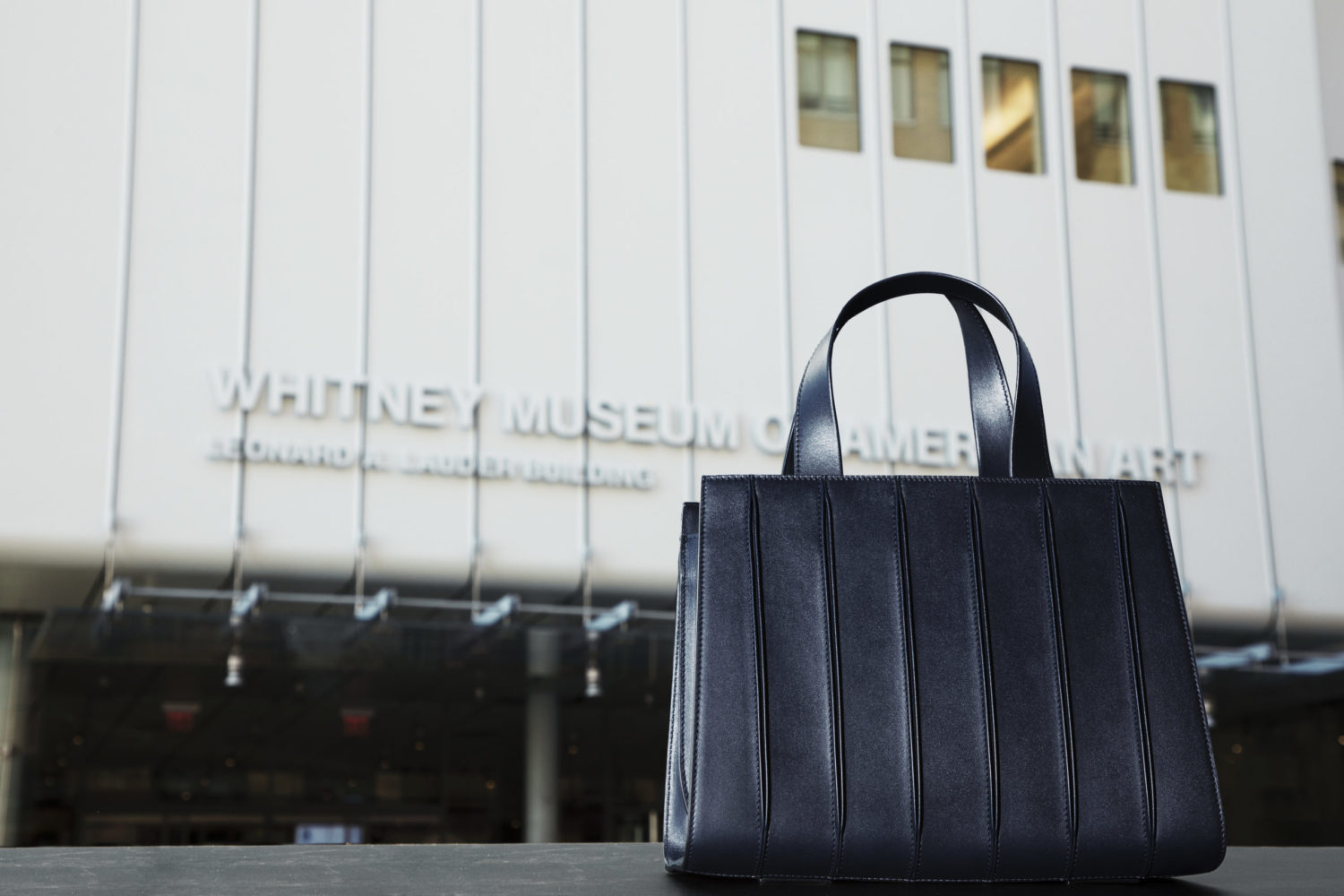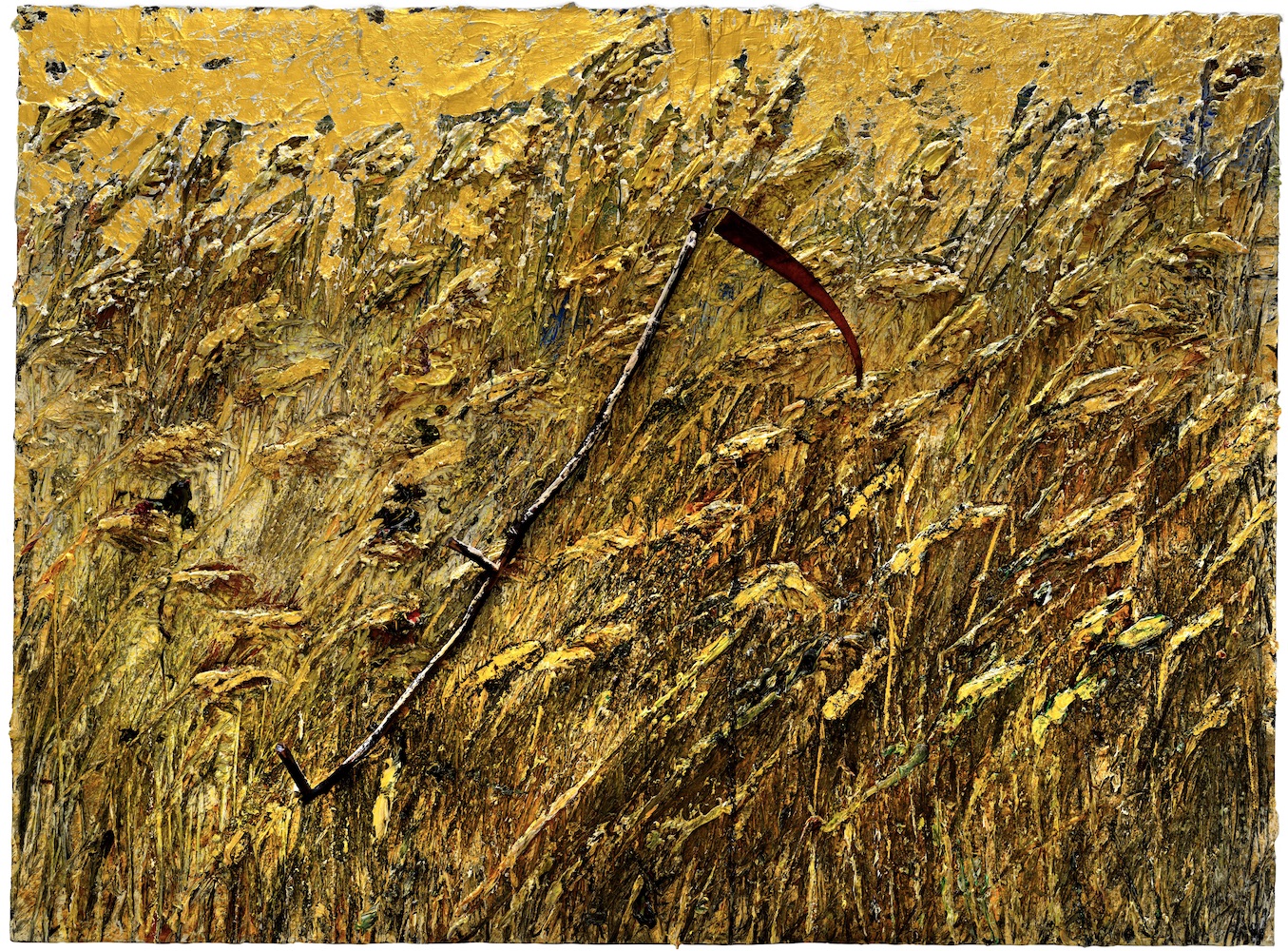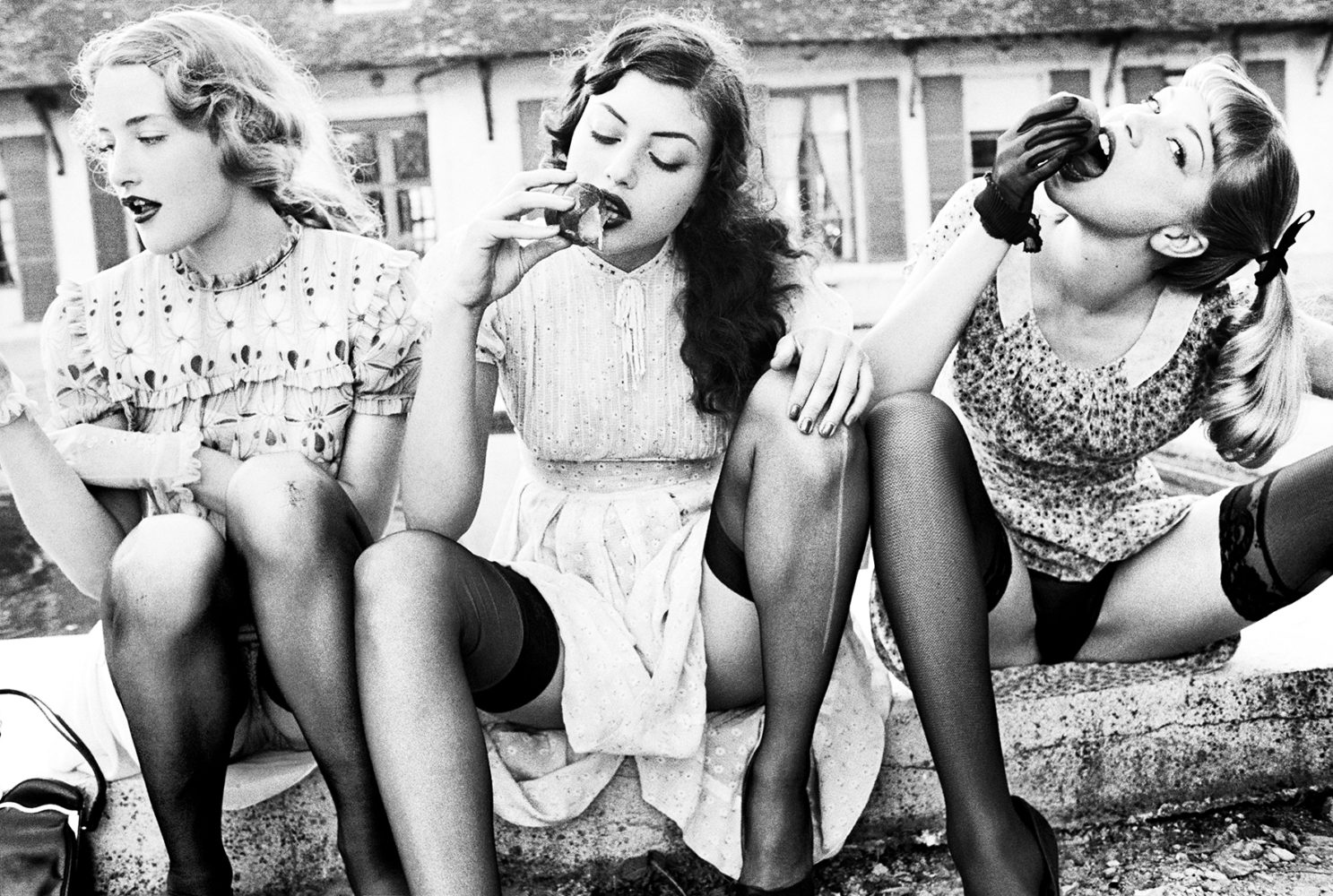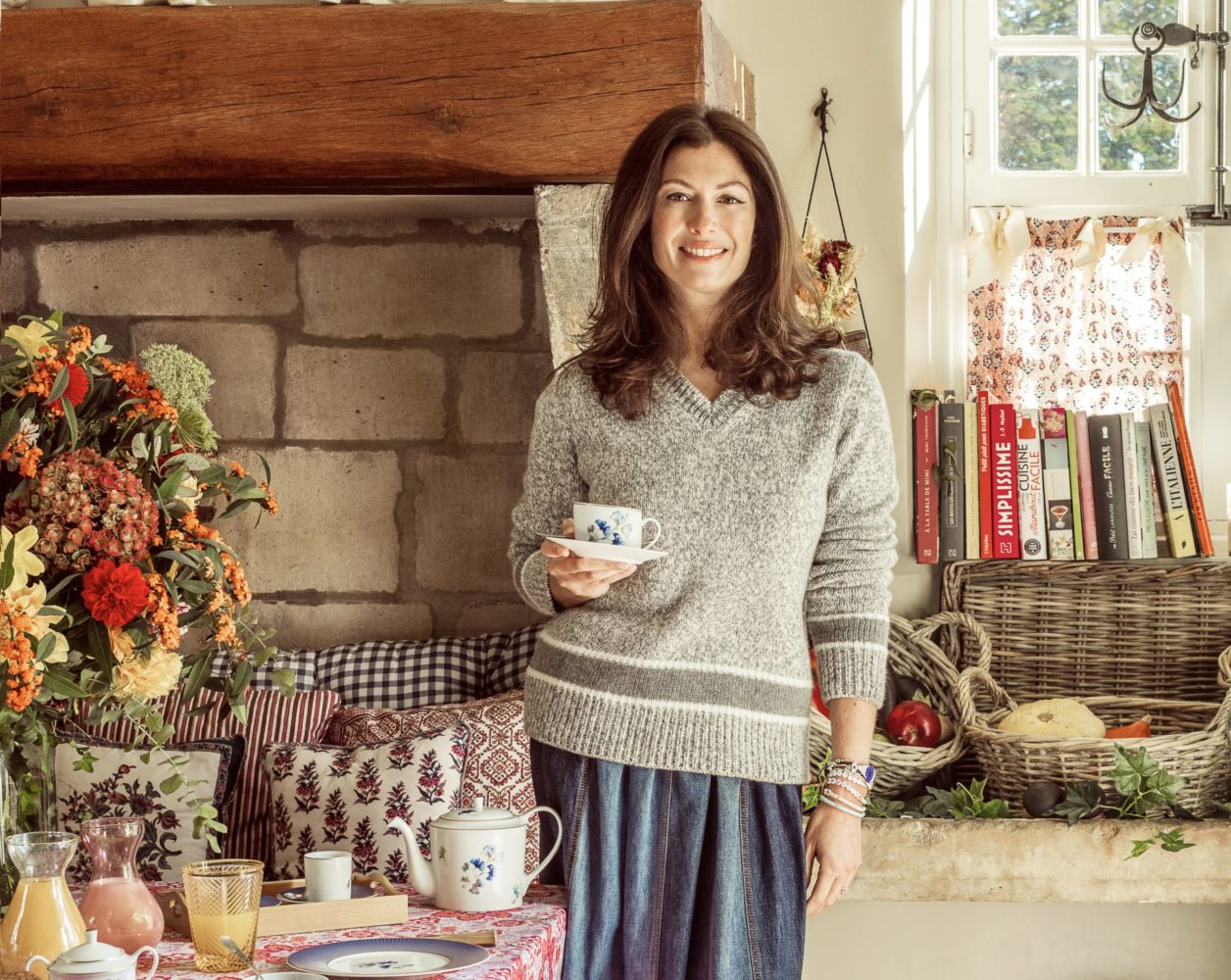In 2020, the Whitney Museum of American Art celebrated five years at its Renzo Piano–designed home at 99 Gansevoort Street. Facing the High Line, it has become part of the fabric of New York City’s skyline, just as it was in its former building uptown.
The year also marked the anniversary of Max Mara’s partnership with the museum and the Renzo Piano Building Workshop in the creation of a newly minted icon, the Whitney Bag. The architectural accessory features distinctive ribbing and fine lines that reference the futuristic steel tie-beamed exterior of the museum. Made in leather, the bag showcases a mix of traditional craft and technical innovation.
To mark the occasion, Max Mara debuted a special edition of the favorite handbag in five new colorways and floral printed lining inspired by Florine Stettheimer’s Sun (1931), a work that is part of the Whitney’s permanent collection. The American painter (1871–1944) was a feminist and activist ante litteram, and her legacy is honored anew with this timely collaboration.
Whitewall spoke with Max Mara’s creative director, Ian Griffths, and curator and director of the Whitney’s collection Jane Panetta.
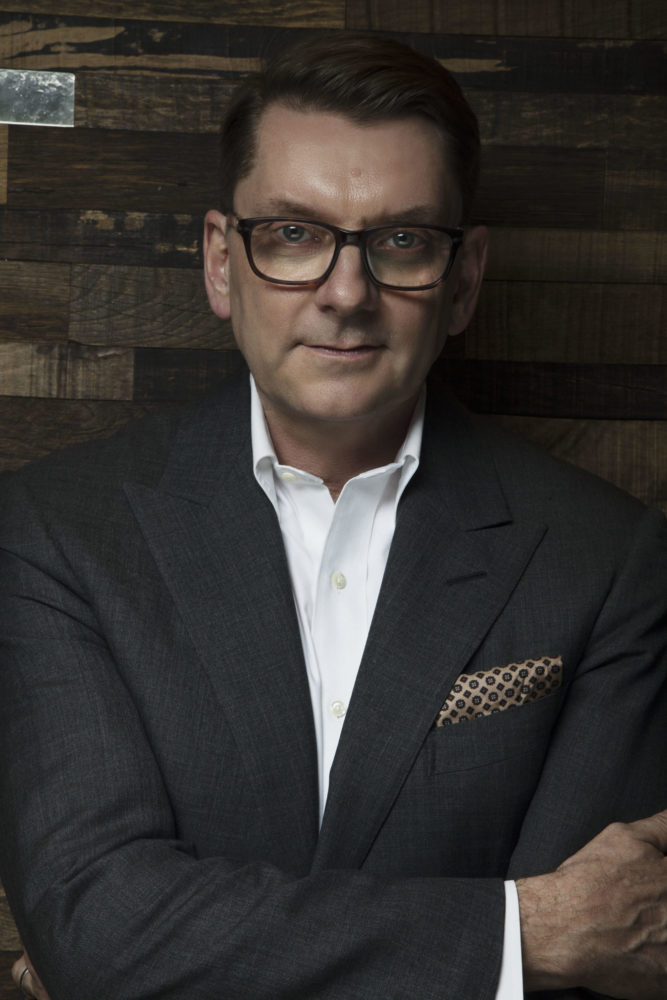
Ian Griffiths portrait courtesy of Max Mara.
WHITEWALL: Ian, take us back a bit. What did you set out to create when you first designed the Whitney Bag for Max Mara?
IAN GRIFFITHS: It all started with the affinity between Max Mara and the Whitney, which I think stems from similarities between the approaches of their respective founders.
Gertrude Vanderbilt Whitney established the museum to support the contemporary artistic community, and Max Mara’s founder, Achille Maramotti, founded the Collezione Maramotti with a similar aim, always engaging directly with artists.
The relocation of the museum seemed like the perfect opportunity to celebrate that connection, and we made it by sponsoring the reopening events. And there is a further connection: Max Mara’s design philosophy has often been described as quasi-architectural, so of course we wanted in some way to produce an object to celebrate our relationship with the museum and equally the extraordinary quality and character of Renzo Piano’s design for the building itself. A bag was the perfect form for that, because it’s a self-standing structure. So there it is, the Whitney Bag.
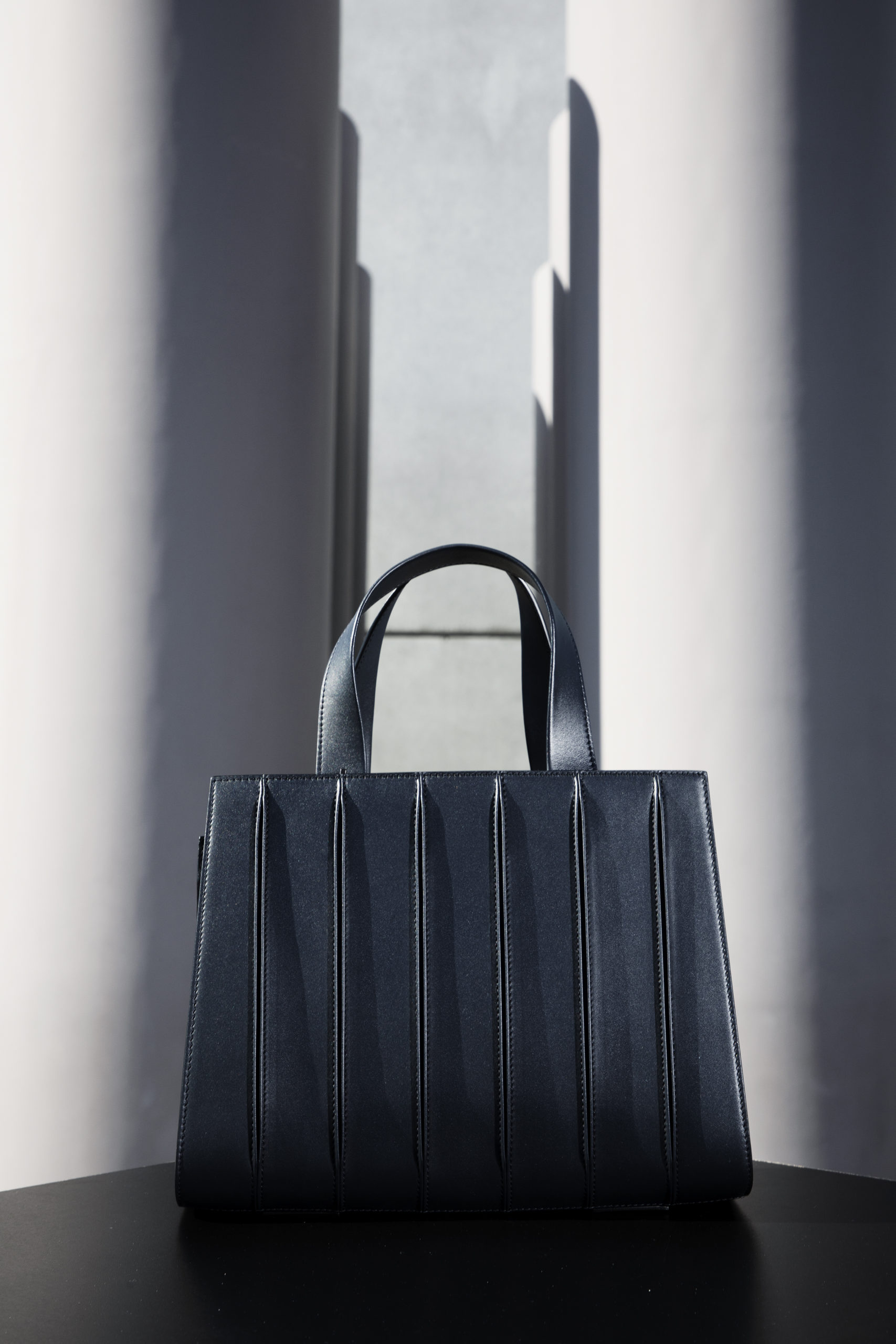
Photo by Steve Benisty for Max Mara.
WW: What was it like collaborating with the Renzo Piano Building Workshop?
IG: Before I came to fashion, I studied architecture, and a lot of that design discipline stayed with me. To collaborate with an architectural icon like RPBW was the realization of a dream. Renzo Piano Building Workshop’s design for the Whitney Museum is a masterpiece. It integrates completely into its downtown location, both visually and socially, but without just “blending in”—on the contrary, it’s highly distinctive.
The design of the Whitney Bag echoes that form. The principal element is the body of the bag, which references the iconic ribbed shell that envelops the museum. The bag’s hardware, the buckle and the unmistakable snap hook, are also directly drawn from structural components of the building, designed with characteristic attention to detail and perfect harmony by RPBW.
WW: Architecture and fashion are so often related. For you, where is the connection?
IG: I think about designing clothes around the person who will wear them, just as an architect designs a building around its inhabitants or users. Both fields use the same tools and processes. In fact, I wouldn’t even describe them as separate disciplines: Design is design. And because design considers its users, it takes into account the values, dreams, even the anxieties of the age. It’s that appeal to the zeitgeist that makes an item of clothing fashion. But I have always insisted that fashion isn’t restricted to clothing. It amuses me to think that everything is subject to fashion, albeit on a longer timeline, even architecture. All man-made artifacts and structures tell us about the times in which they were made. That doesn’t mean that a building necessarily becomes obsolete when the zeitgeist changes; neither does a coat.
WW: What’s it been like to revisit the Whitney Bag? How did you arrive at Florine Stettheimer and her painting Sun (1931) as a point of inspiration?
IG: The design of the original bag was directly inspired by the structure of the museum, but for the fifth anniversary edition we wanted to personalize that design by drawing on influences from the contents of the museum.
I have always admired the work of Florine Stettheimer, so that
seemed like a good place to start. When I discovered Sun in the Whitney’s collection, I was blown away by its expressiveness, its joyful exuberance. I wanted to infuse the bag with the same quality of “naive sophistication” and a sense of optimism—I think the world needs a dose of that right now.
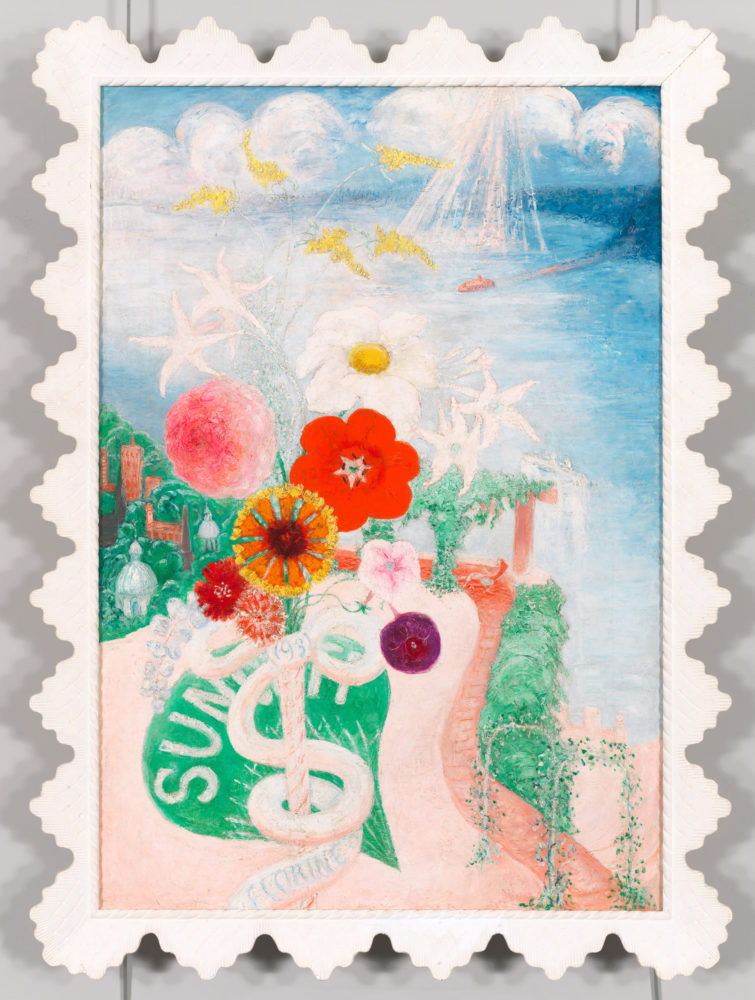
Artwork by Florine Stettheimer, courtesy of The Whitney.
WW: Jane, can you tell us about the artist Florine Stettheimer and where she fits in the modern art canon?
JANE PANETTA: More recently, Stettheimer has been established as a key modernist figure, but that wasn’t always the case. Her faux-naif style, genre-bending practice, and the reality of her gender meant her work was often dismissed as decorative or not serious. But beneath the boldly colorful surface of her paintings—which is itself worthy of admiration—is a deeply subversive and forward-thinking sensibility that pushed the history of modernism in new directions, a key reason she is so admired now.
WW: Where does Sun (1931) ft into her practice?
JP: Sun is a remarkable painting both in terms of the color palette and the ability of the work to feel realistic—much like a traditional still life—but also fantastical, notably through her unique use of text in the composition. Another key hallmark of her oeuvre is her use of ornate frames for her paintings made by the artist herself—something that she saw as essential to the work and that speaks to her experience working in theater, imagining the painting much like a stage set.
WW: Ian, how did you want to translate the work into the special-edition bags?
IG: The first thing that strikes you about Sun are its colors. To me, they are the colors of a beautiful day in early summer, when everything in the world seems perfect.
We took five floral tones directly from the painting: carnation, hydrangea, gerbera, peony, and poppy. Each color expresses a subtly different yet equally palpable emotion. And the lining of the Whitney Bag features a flower pattern that was inspired by Sun.
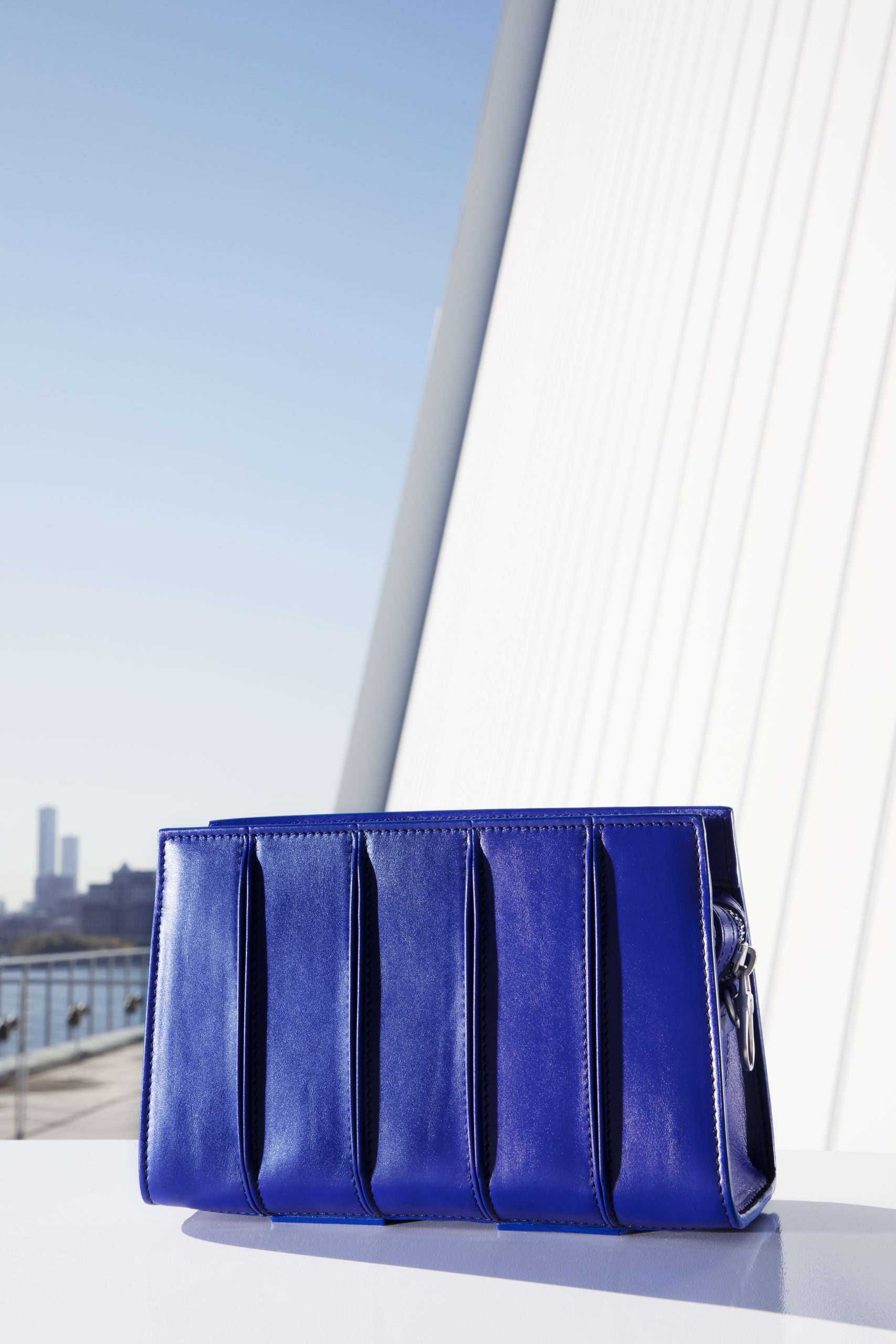
Photo by Steve Benisty for Max Mara.
WW: How would you describe the lasting impact of Stettheimer?
JP: Stettheimer’s work will forever be a portal into her singular vision of American modernism that is distinctly her own but also related to important conversations happening at the time around abstraction and Surrealism. In addition to being a painter, Stettheimer was a poet and had an active practice as a costume and set designer. One of her most enduring legacies is surely this spirit of collaboration—how her life and career bridged visual art, performance, and literature in a way that feels truly modern.
IG: Max Mara is all about strong women who want to change the world, and Stettheimer was most definitely one of those. The salon that she co-hosted with her sisters was a major factor in influencing the stream of avant-garde thought. At a time when women artists were often overlooked, she made her voice heard, and most courageously, too: Her work addressed issues of race and sexual preference that were years ahead of her time. Just as an indication of her talent, strength, and determination, she was the first woman artist to be the subject of a retrospective at the Museum of Modern Art. I like to think that if she were alive today, she would have worn Max Mara.
WW: Is there a chance we’ll see any inspiration from Stettheimer in a future Max Mara collection?
IG: I have a wall adjacent to my desk where I post images of the women who inspire me—strong women who made their mark on the world. Florine Stettheimer is up there with Patti Smith, Colette, Eileen Gray, Lee Miller, and the rest. Those images remind me of who I’m designing for, so you could say that she’s a constant influence.
WW: Can you tell us about your own personal engagement with art and the Whitney?
IG: I visit New York up to four times a year, and just about every time I visit the Whitney. It’s been a fixture in my cultural life since 1985. I have never been tempted to describe what I do as art. I feel that design comes from a completely different place than art due to the fact that it’s directed at the specific requirements of an end user. I don’t think that design, or specifically fashion, is less important than art: It’s just different. Having said that, I have always looked at art for inspiration. Those visits to the Whitney have in the past sparked off collections influenced by Donald Judd, Robert Smithson, Jean-Michel Basquiat, Andy Warhol, and of course Florine Stettheimer.
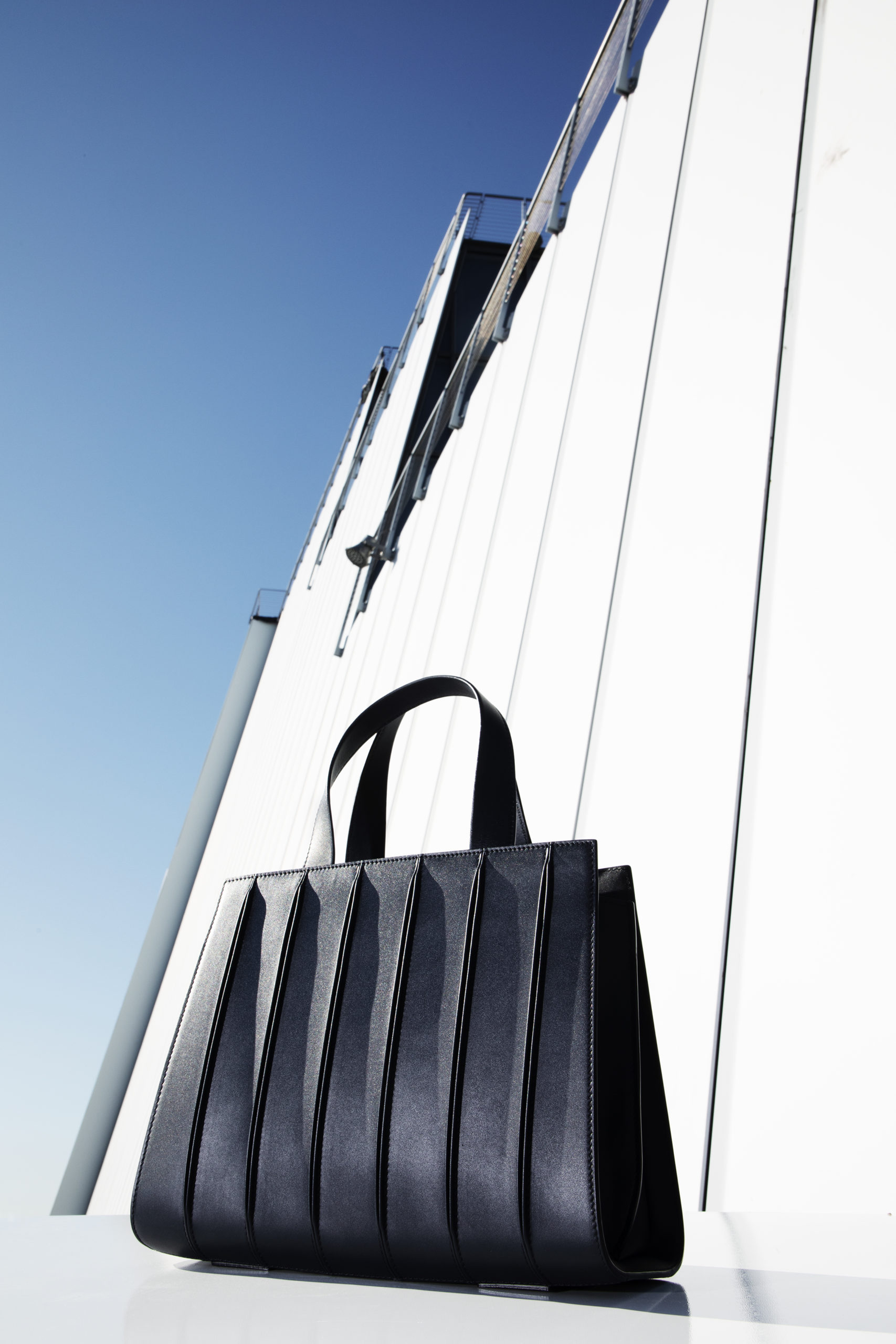
Photo by Steve Benisty for Max Mara.
WW: What’s an exhibition you’ve seen recently you’re still thinking about?
JP: I was impressed by the recent Dora Maar retrospective at Tate Modern in London. Maar was another groundbreaking avant-garde figure in the 1930s, so there’s a connection to Florine Stettheimer. Her photomontages addressed serious social documentary and radical political manifestos, but also fashion. I think that shows an acknowledgment of the importance of fashion as an outlet for the spirit of the age that some artists have failed to recognize. Dora Maar will be going on my wall of muses, too.
WW: Fashion, like contemporary art, with each season has the chance to respond to our current times. What message do you hope fashion can provide at this moment?
IG: I believe that fashion is a universal and unstoppable human instinct. In one form or another it thrives in even the most adverse circumstances. Right now, I think it can be a conduit for a spirit of optimism. I’m thinking about how a woman can equip herself to march into the brave new world and change it for the better. The Whitney anniversary bag gives you a clue as to how I’m imagining that.
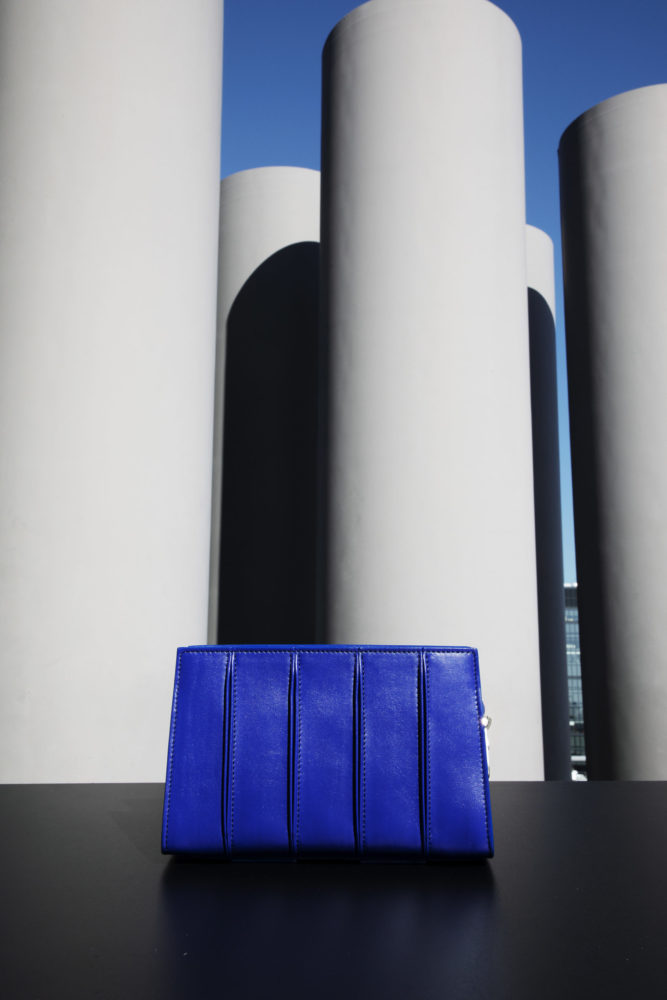
Photo by Steve Benisty for Max Mara.



